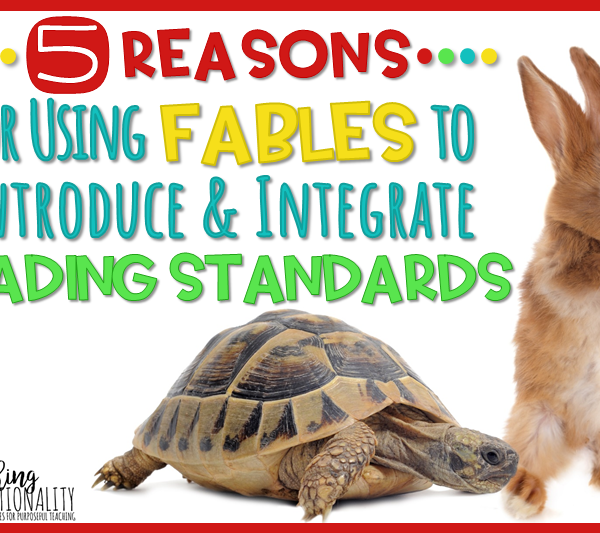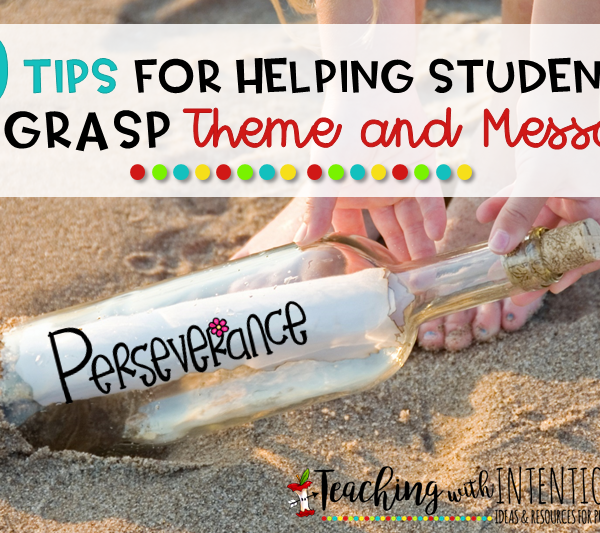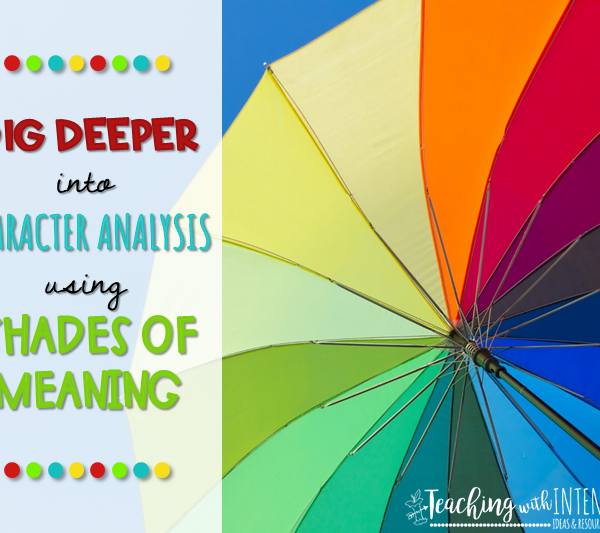My students love fables, and I love using them in my classroom. Fables are great for introducing reading standards, as…
Read More
character traits
Teaching Theme in Literature
Teaching–theme in literature can be quite difficult at the elementary level. As a third grade teacher, I have struggled with…
Read More
Shades of Meaning or Nuances
Understanding shades–of–meaning or nuances can make a huge difference in students’ ability to comprehend literary text. When reading with my…
Read More




